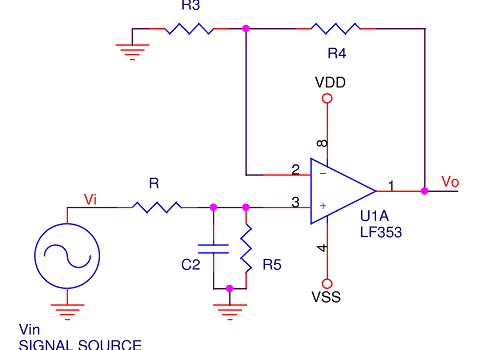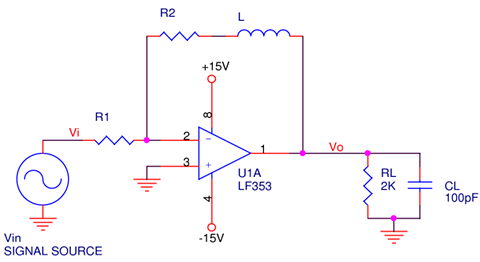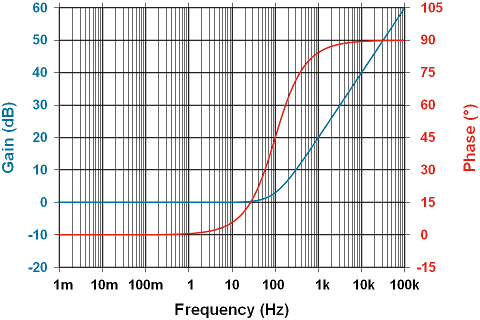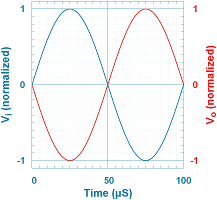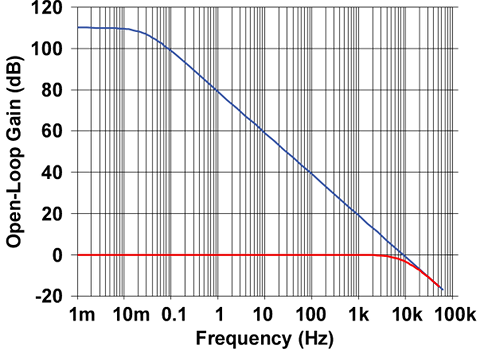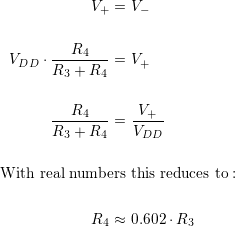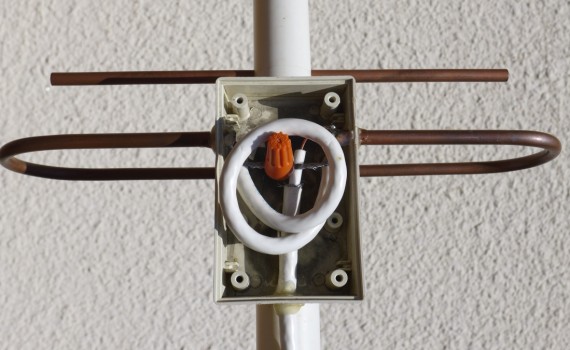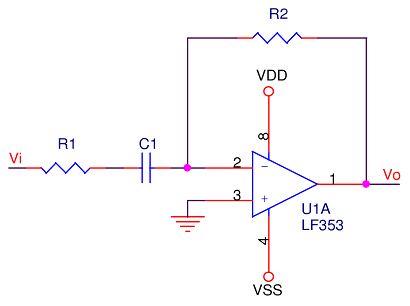
Last time we looked at low pass filters, this time high-pass; it’s opposite day. We also take a brief look at capacitor types, as they are critically important to filter design. High Pass High-pass filters are encountered a little less frequently than the basic first-order low-pass, but they do have […]

